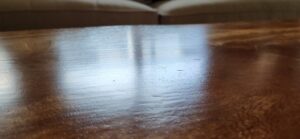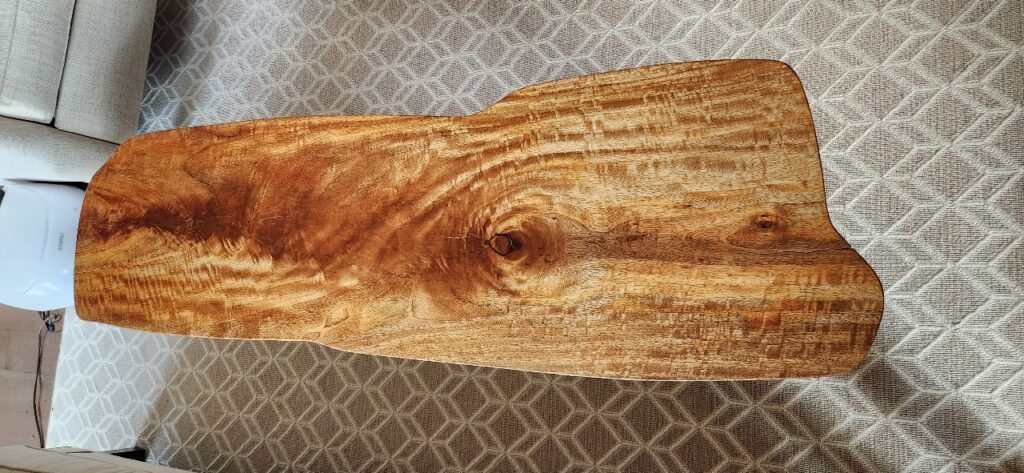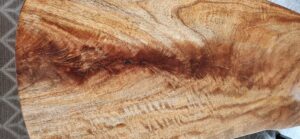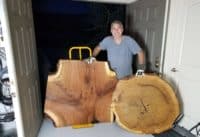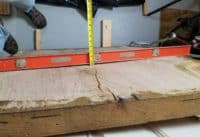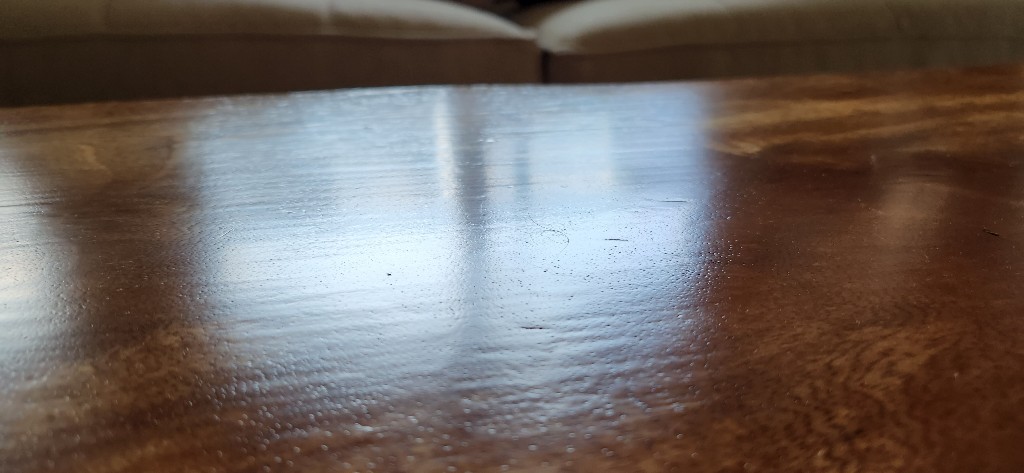The Clear Finish Makes or Breaks Your Woodworking Project
Getting ready to finish some wood pieces with a neighbor and wanted to share this tip:
“I find that the final clear finish / stain part of woodworking can make or break the project. Staining can be beautiful, but after many attempts throughout my life, I’ve almost given up on it. It’s very hard to make it uniform. Usually, it turns out splotchy, and I have to dump so much stain on it to try and even it out that it hides the natural beauty of the wood . There are pre-conditioners, but they have never helped me much. In most cases, you will also need a clear finish, and picking the right one for the application / equipment and skill level is paramount. Ideally, these clear finishes are applied in factories, using expensive ventilation and spray equipment with environmental (ambient air) controls. However, most of us don’t have that luxury – you gotta pick your days! The clear finish is best applied in the lowest humidity possible. (below 65 % is best). And 70 to 80 degrees temp is ideal.
At these humidities and temps, most clear finishes “level out”. This is a huge benefit, as the leveling makes brush marks disappear and, better yet, the finish is silky smooth and cures much more durable. On the attached images, I used Helmsman Spar Varnish – Urethane (not water base) on this mahogany coffee table. I applied it in Houston, TX in a garage. (ventilation required!)
Anyone living in Houston knows that you hardly ever get a day lower than 65% humidity.
It turned out OK, as it sits in our living room now. However, in the light, at an angle… the brush marks drive me crazy!
*Note – Spar Varnish has UV inhibitors in it that give it an amber hue. On this mahogany it was a beautiful enhancement. It might not have the same effect on lighter woods…
